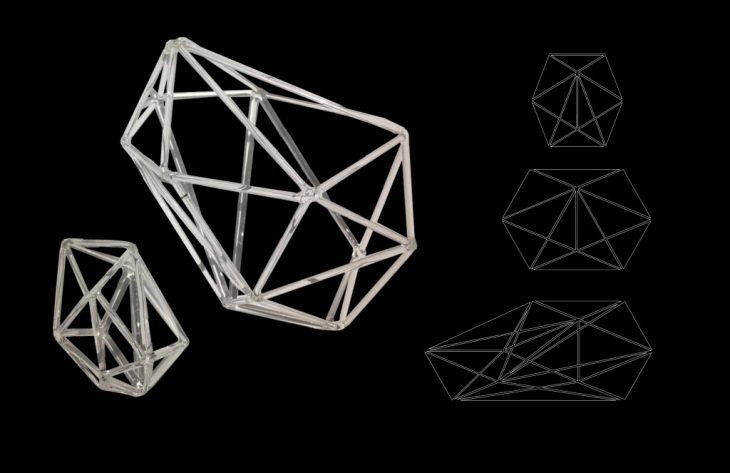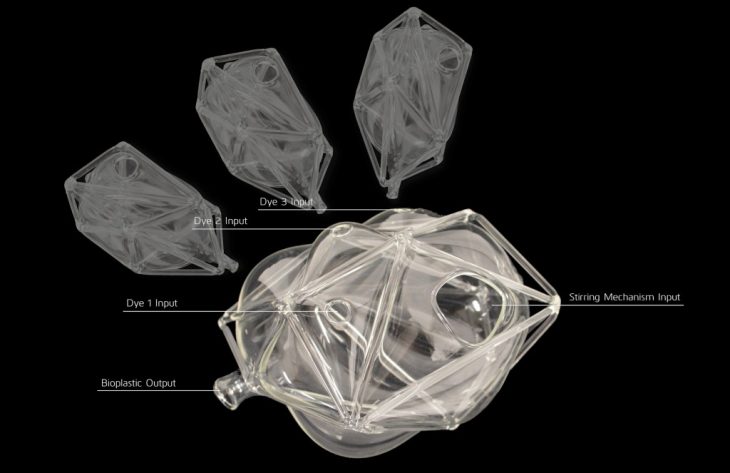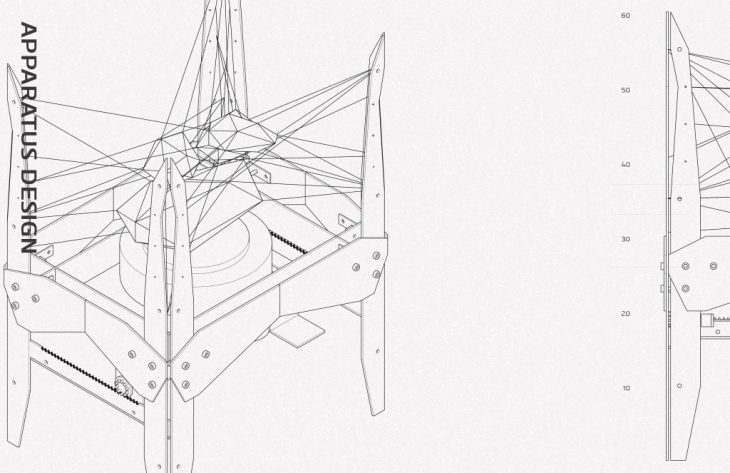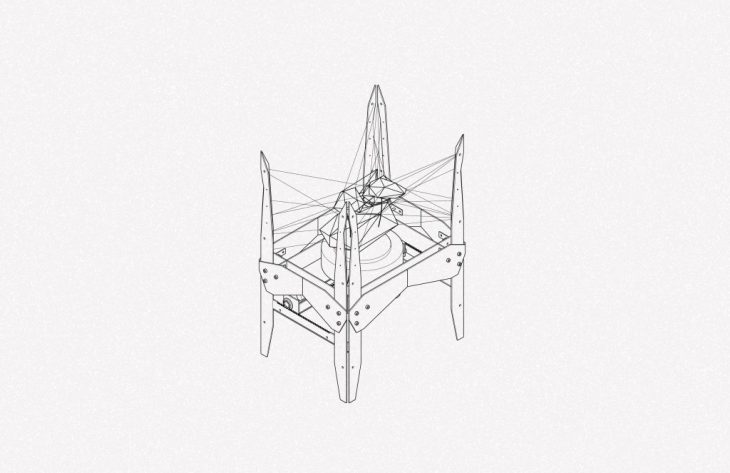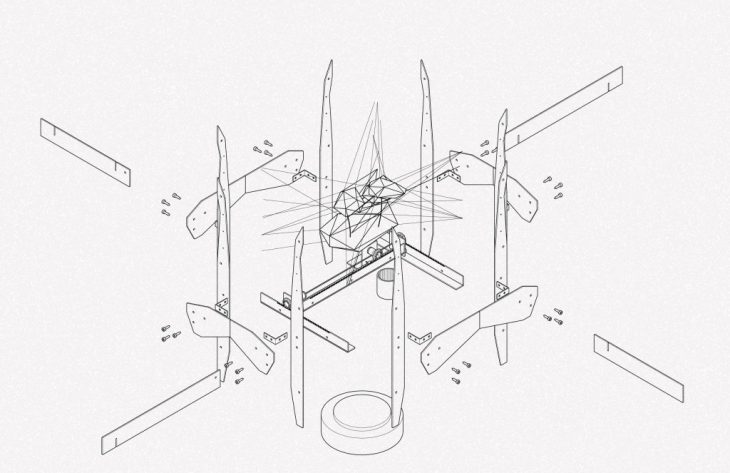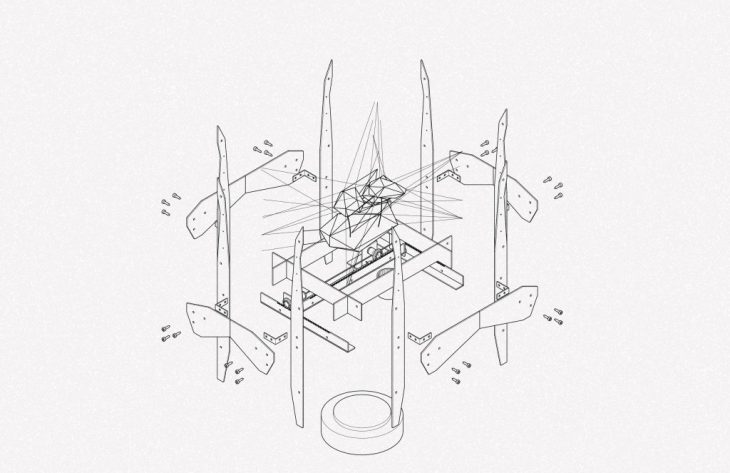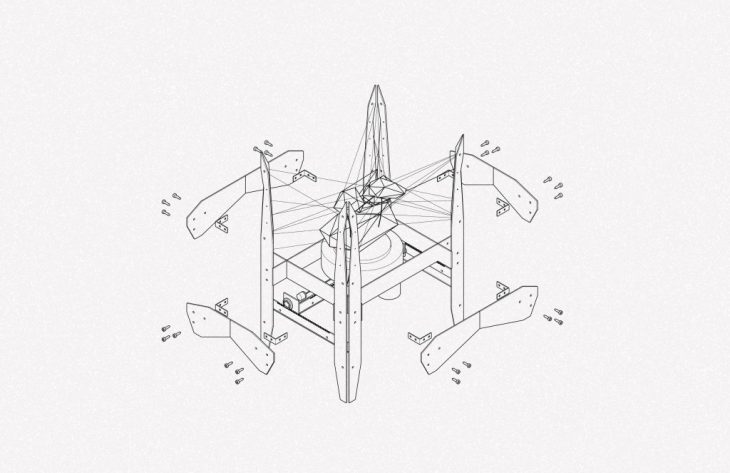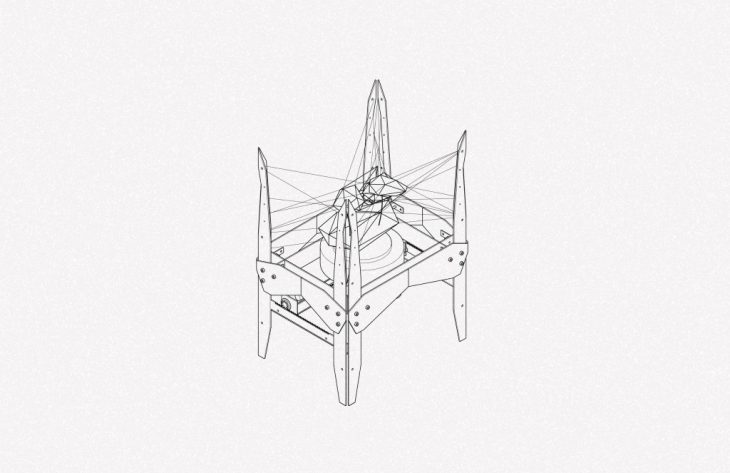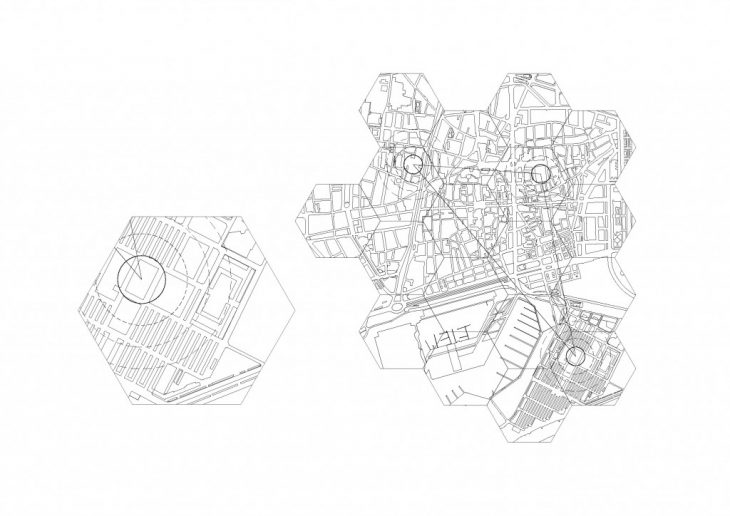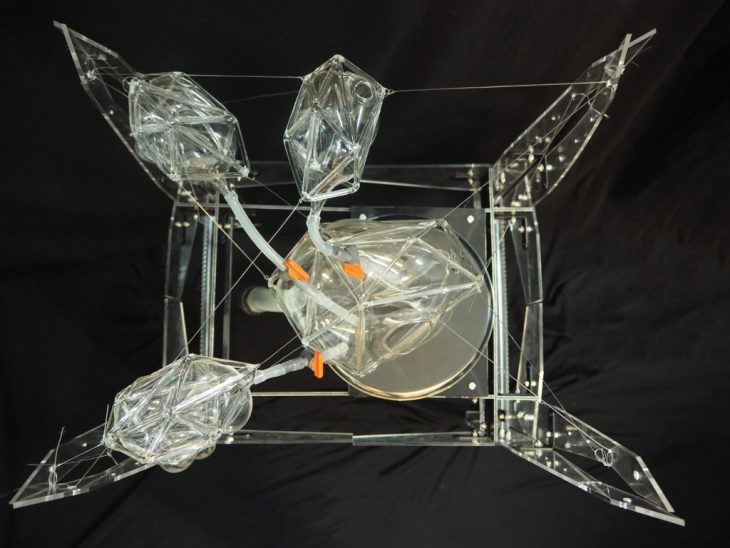Plastic is one of the world’s most versatile materials and has become an integral part of human consumption. However, conventional plastic is typically made from crude oil and non-renewable resources creating many environmental concerns. For example, one main problem with petroleum-based plastic is that it is not biodegradable.
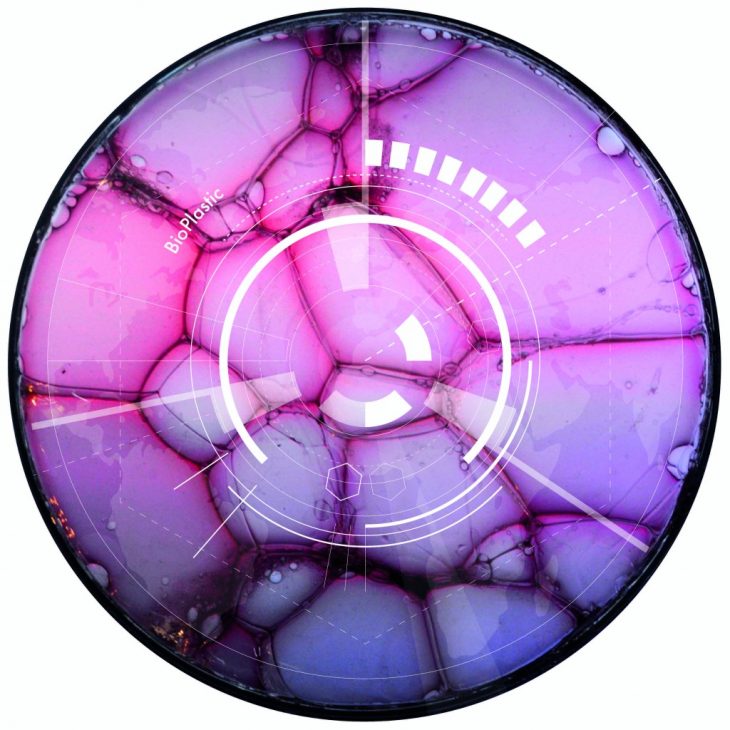
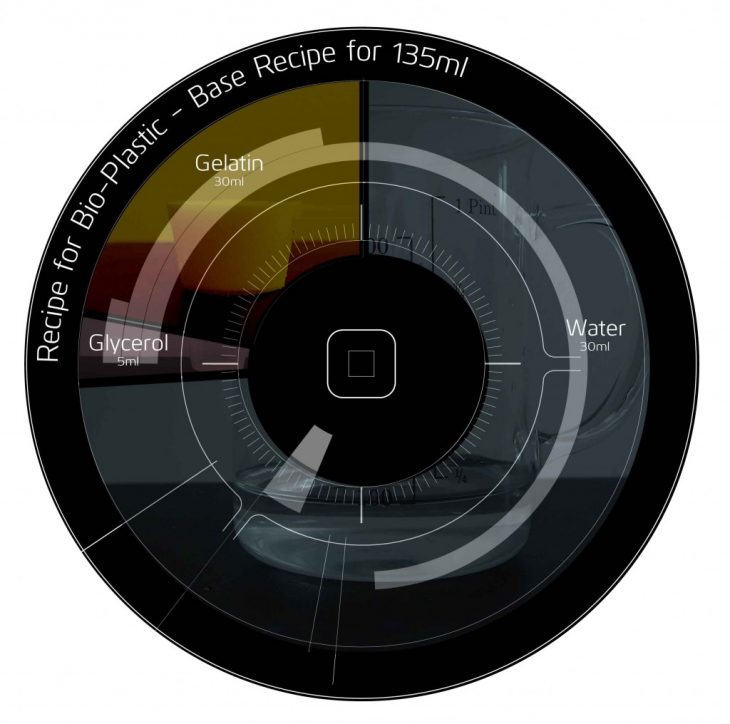
So we ask ourselves: is there any sharply defined boundary separating the natural from the artificial? It seems inevitable that the products of human activity are treated as artificial and therefore are irremediably detached from nature.
Our project is a reconnection of the natural world and human-made activity. This studio’s mission is to investigate a city environment from an essentially non-anthropocentric point of view, as it is seemingly impossible to draw neat boundaries between nature and artifice, landscape and city, and ultimately between the biosphere and the urban-sphere.
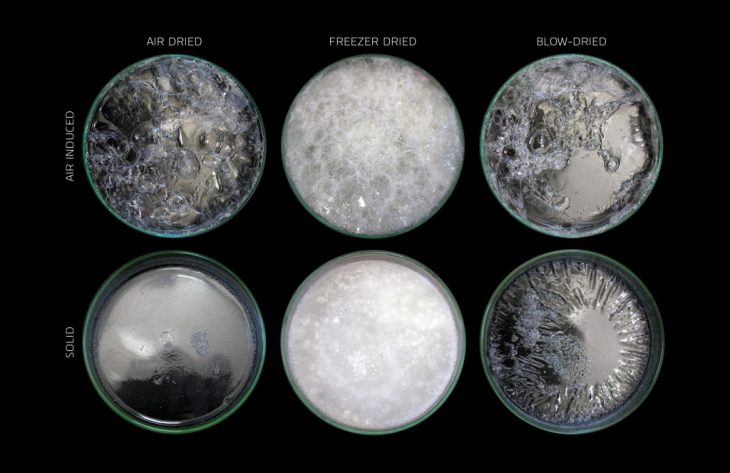
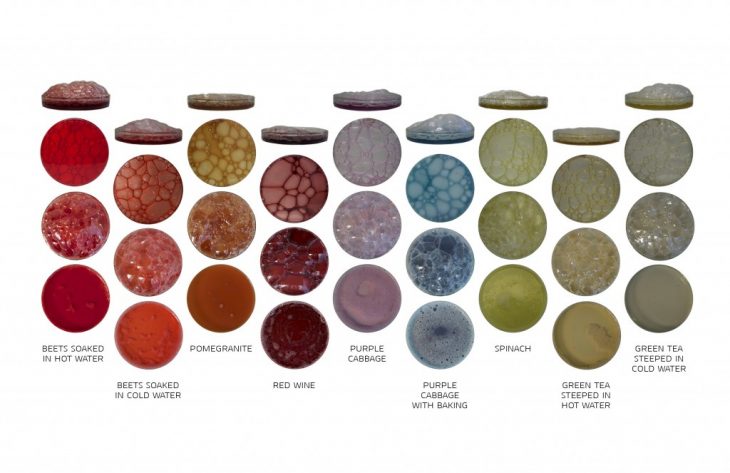
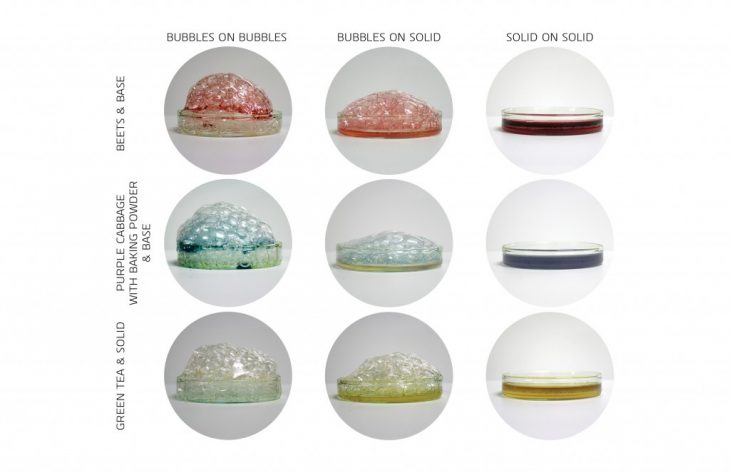
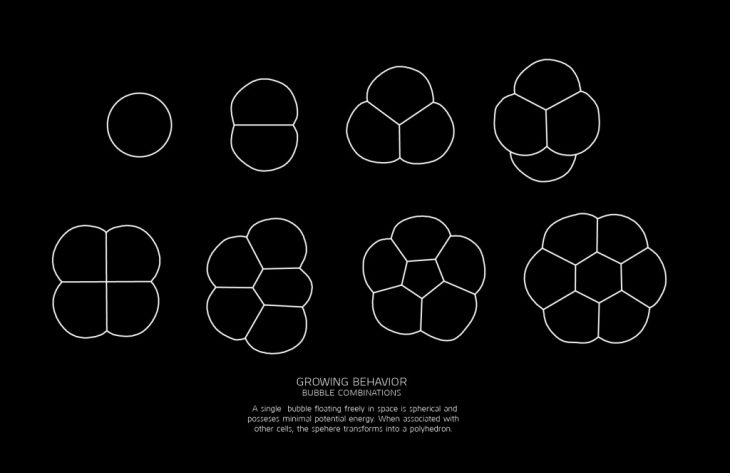
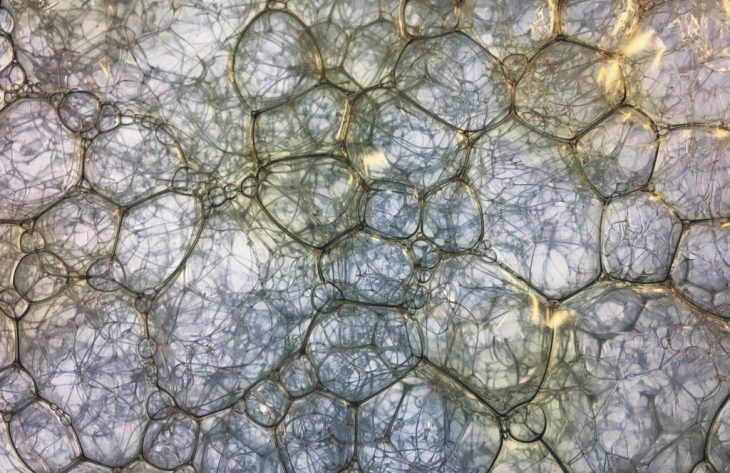
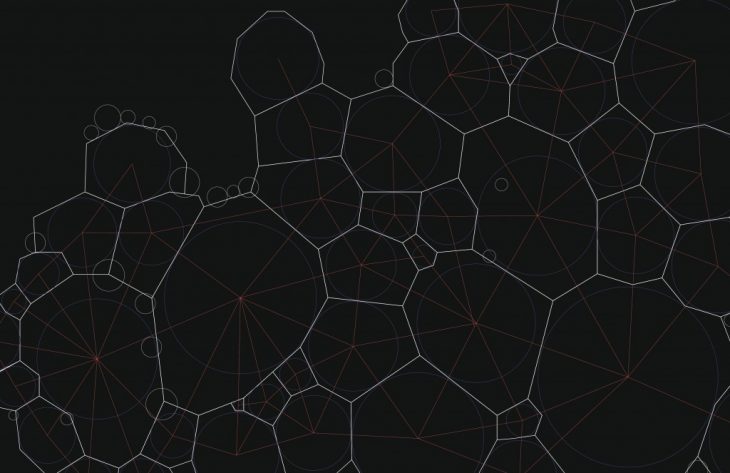
Bioplastics are one medium to overlap the boundaries of nature and human activity to make a harmonious interaction. The bioplastic production process utilizes biomass sources, like plants, microorganisms, or organic waste, to create a material with qualities of traditional plastic. This project focuses on bioplastics with natural ingredients that have biodegradable applications.
Bioplastic material behavior provides many aesthetic and structural possibilities, and is examined through experiments of varying parameters and reproduction. Our tests consist of cultivating differing pigmentations, drying techniques, and bubbling inductions to observe the best resulting parameters of color and physical consistency.
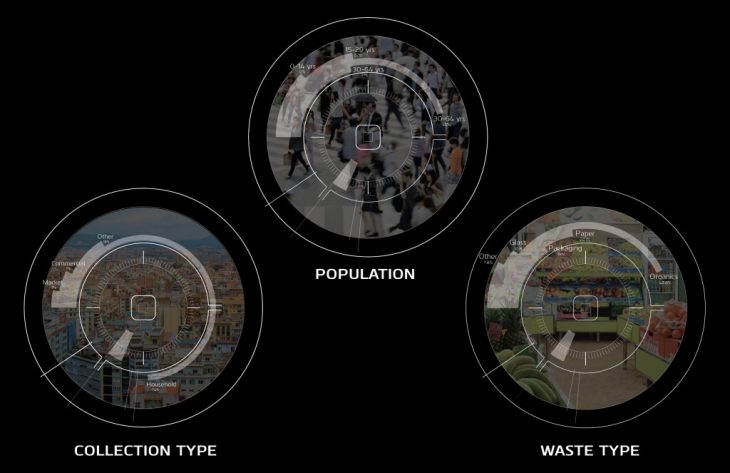
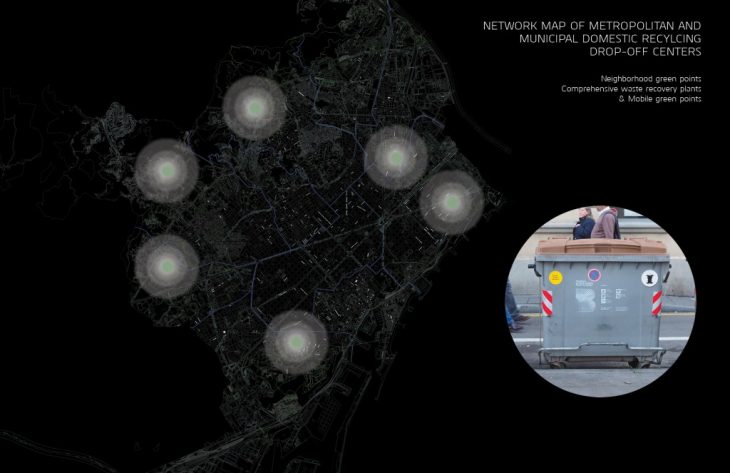
A vital component of the project is in the production, which utilizes the localization of urban waste. The analysis of Barcelona’s waste mapping from residential and commercial disposals provides information used in computational modeling to create an interconnecting structure throughout the city. Data includes the location of major market areas and populations which correlate to the amount of urban waste in tonnage.
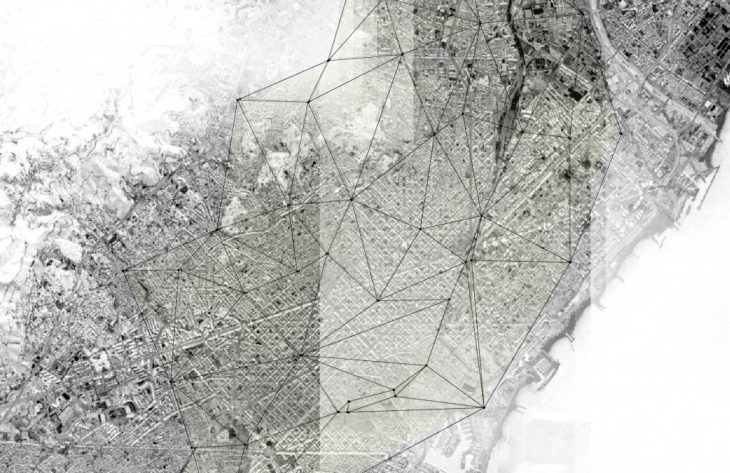
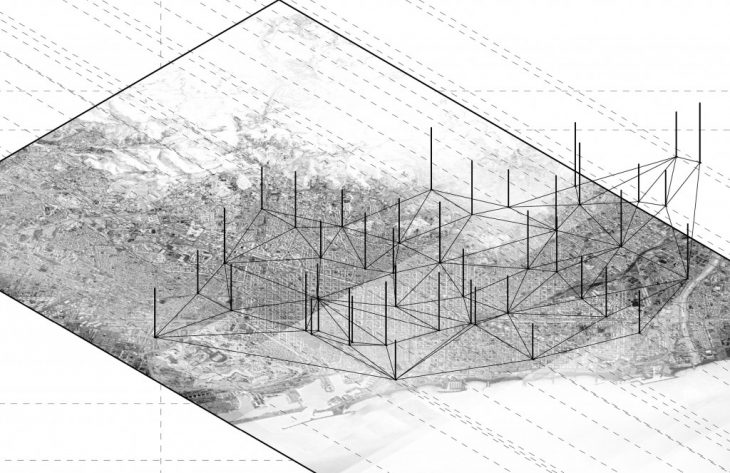
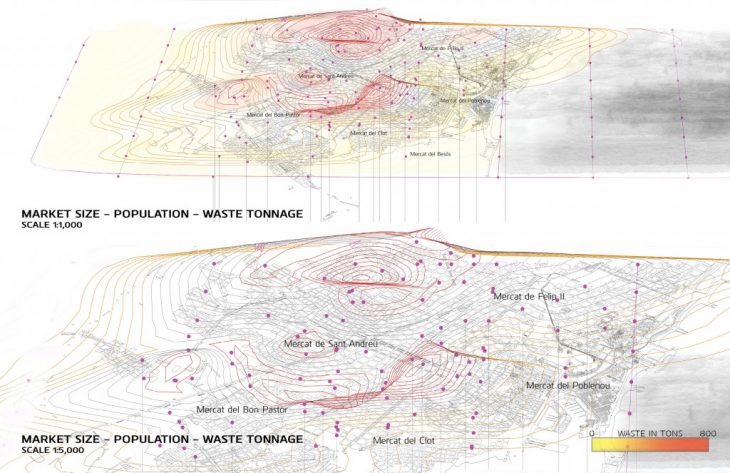
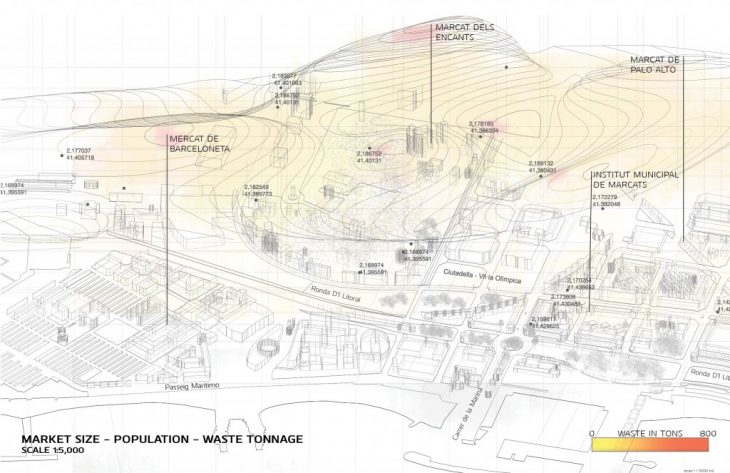
The bioplastic apparatus is conceived as part of an interconnecting pattern through this observed data. It is representative of a systemic strategy on the territory. It functions as a machine to produce and fabricate the organic waste-based bioplastic material at points of high urban activity and corresponding waste. By using common waste items, such as tea, wine, fruits, and vegetables, the community is given an opportunity to engage ecologically while simultaneously asserting the importance of a cohesive existence with nature.
